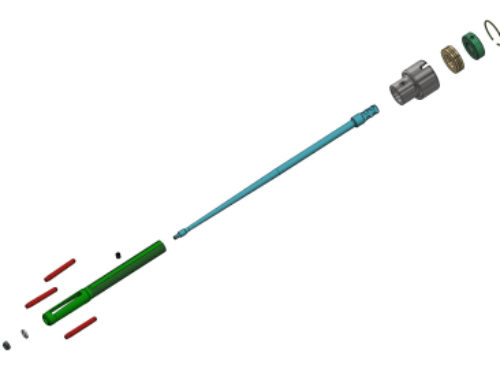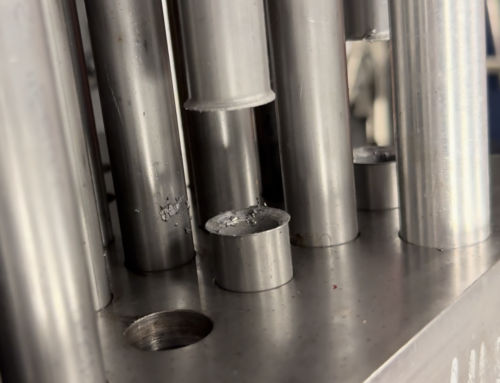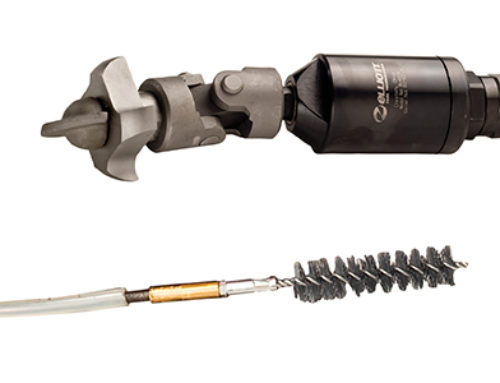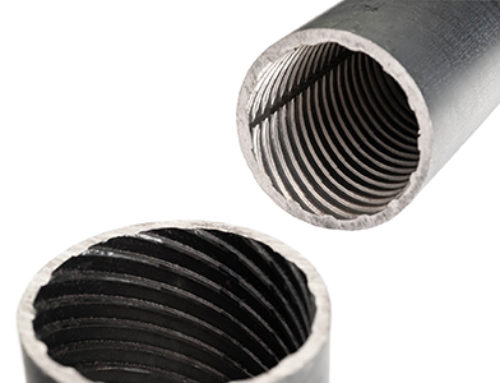Boiler Tube Removal: How To Create A King Hole
With a variety of boiler tube removal methods out there, it can be difficult to determine the best approach for your application. Depending on the amount of expansion, age of the tube, and other wear factors, tubes can be extremely difficult to get out. Removing tubes through a king hole can be an easier method of removal, especially for operators with varying experience levels.
A “king hole” is the lowest, southern most tube in a boiler tube sheet pattern. This spot should be identified on both sides of the vessel and will be the first tube that is removed. Essentially, the process calls for expanding the tube sheet hole and using the king hole to fish out cut tubes & stubs. It’s important to note that this style of tube removal will only work on a straight tube boiler without baffles. If baffles are present, the tubes will not be able to drop to the bottom of the unit for removal, so another method will need to be used.
The removal process consists of only a few steps. First, you’ll need a boiler tube cutter, pneumatic hammer or bump gun, an expander, and a small rod or pipe. When choosing an expander, it’s important to choose one that is ~1/16” undersized for the tube sheet hole ID. So, if the tube sheet hole is 2”, you’d want to use a 1-15/16” expander. Once you have the necessary tooling, cut both ends of the tube in the king hole location. This will drop the middle piece to the bottom of the vessel. Then, punch out the tube stubs using a knockout tool and bump gun. After the tube has been completely removed from the king hole, take the expander and roll the tube sheet hole on both sides. This will create an opening that is just slightly larger than the tube OD.
Using a rod or a smaller tube, an operator can fish out the loose tube and tube stubs through the king hole to pull them out. The cutting & retrieval process would be repeated for each tube, working from the bottom row up. It’s important not to cut too many tubes at one time, as it can make it more challenging to remove the tubes from inside the vessel.
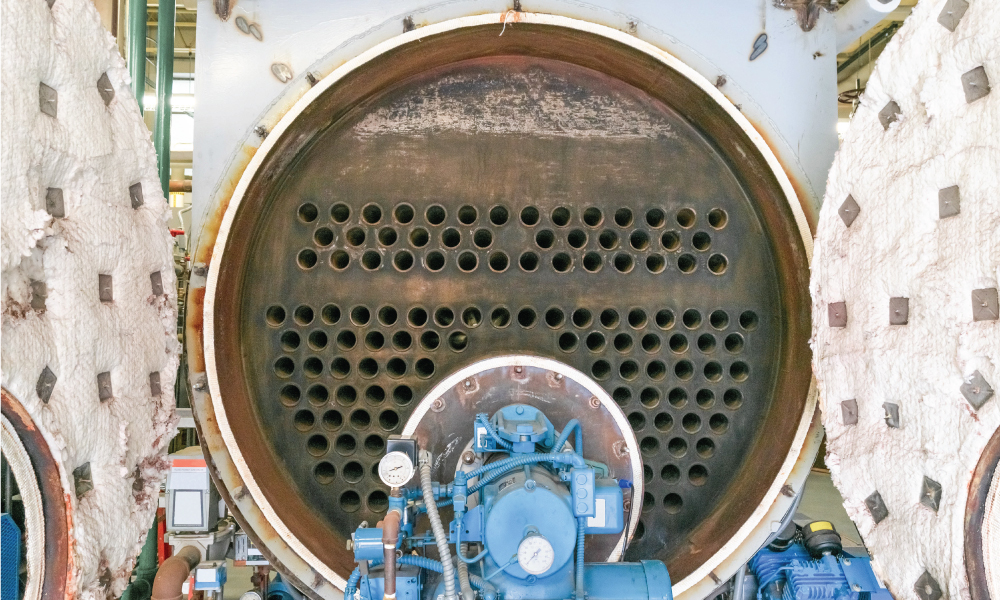
King Hole Removal Process Checklist
Once all the tubes have been removed from the vessel, installation will be quick. The only consideration is how to handle the king hole. Since the tube sheet hole is now slightly oversized, one of two options can be used. One method is to plug the tube sheet hole and weld it in place. This is beneficial if you have a welder on site who can take care of that. The second option is to ferrule the tube. This is when a larger tube stub is used to fill the tube sheet hole, and the standard tube is rolled into the stub.
Overall, this process can make the removal process easier and is a great option if the boiler cannot be removed from the shell or holes cannot be cut into the shell. Since most boiler removal processes involve some type of hydraulic equipment or heating tools, the king hole method eliminates the need to fight with larger equipment and uses what’s already on site.

